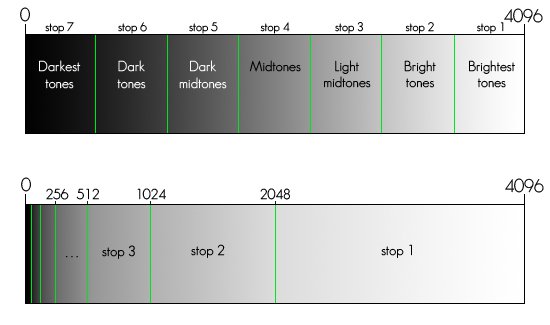The intention of this article is to dig out the relationships between focal length of the lens and the camera’s sensor sizes and how does the both affects the framing independently.
I have made a simple illustration diagram below, which depicts how does the light enters from the scene to the sensor/film.
 Image a. – Light travelling path inside a lens and camera body from the scene. x is the height of the sensor(part of the camera), b is the focal plane(principal)- this always happens inside the lens, z is height of the frame (photograph’s vertical measurement in landscape mode), y is the focal length which is usually mentioned on the lens.
Image a. – Light travelling path inside a lens and camera body from the scene. x is the height of the sensor(part of the camera), b is the focal plane(principal)- this always happens inside the lens, z is height of the frame (photograph’s vertical measurement in landscape mode), y is the focal length which is usually mentioned on the lens.
Focal length(y) is the distance between the sensor (a) and the focal plane (b) where the light rays converge to form a sharp image of an object to the digital sensor.
Now, the frame you see via the viewfinder will change, if you adjust the Focal length which is possible in zoom lenses. The same is not possible in prime lenses since the focal length has been set in the factory itself while manufacturing, in such a way that it cannot be changed. The prime lenses are made purposely for high quality at a lesser price comparatively with a zoom lens in that focal length.
Conversely, it is also possible to change the frame by changing the size of the sensor. But the sensor has been fit inside the camera while manufacturing in the factory itself and it cannot be changed by wish on the field. But you can use two different cameras having different sensor sizes as one may wish.
Now we have understood that, if we change the size of the sensor (x) or the focal length (y), in both the ways the frame will get changed.
The ranges of available lenses in the market with different focal lengths are beyond listing thus I am not getting into that.
 Image b – Scale of the other smaller sensors with respect to the Full frame sensor. The FF sensor size is 36mm × 24 mm. For the sake of understanding, we here discuss about the vertical measurement(x).
Image b – Scale of the other smaller sensors with respect to the Full frame sensor. The FF sensor size is 36mm × 24 mm. For the sake of understanding, we here discuss about the vertical measurement(x).
The smaller the sensor sizes, the field of view gets narrower. That is, if “x” gets smaller, “z” also becomes smaller Assuming that the “y” is same in both the cases. Conversely, if “x” gets bigger the field of view (z) also gets wider.
The advantages and disadvantages of choosing which sensors (cameras) have been briefly explained here in my earlier article.
The crop ratio has been established in the industry with reference to the 35mm film sensors. 35mm width sensors are the reference one and the crop factor for those sensors is 1.00. Other sensors are classified by the crop factor with respect to 35mm sensors (1.00).
Crop factor is the ratio of the dimensions of a given sensor’s imaging area compared to the 35mm sensor’s imaging area (full frame sensors in common). If a sensor’s crop factor is more than 1(APS-C sensors), the image area will be less by that ratio. Conversely, if the crop factor of the camera is less than 1(medium format cameras), the image area will be more by that ratio.
For instance, if a camera’s crop ratio is 1.60 and you have mounted 85mm prime lens, what the camera sees is the view of 136mm (85mm × 1.60) not what is written on the lens. If the same 85mm lens been mounted on a medium format camera with 0.50 crop factor, what you will be seeing is 42.5 mm (85mm × 0.50) focal length view.
 Image c – Dimensions of the different sensors fixed in different cameras and the respective crop ratios.
Image c – Dimensions of the different sensors fixed in different cameras and the respective crop ratios.
The focal length written on the lens is true, only if it is mounted on 1.00 X crop factor sensors (full frame cameras). If you are mounting it on non-full frame cameras, you should multiply the crop factor of that camera to get the actual focal length.
I hope, I have covered all the necessary topics which are required to understand the focal length, sensor sizes and how does both affects what you see in the viewfinder. Have I missed something? or the article been helpful to you, do drop a comment and let me know.
Cheers & Happy Photographing.

















